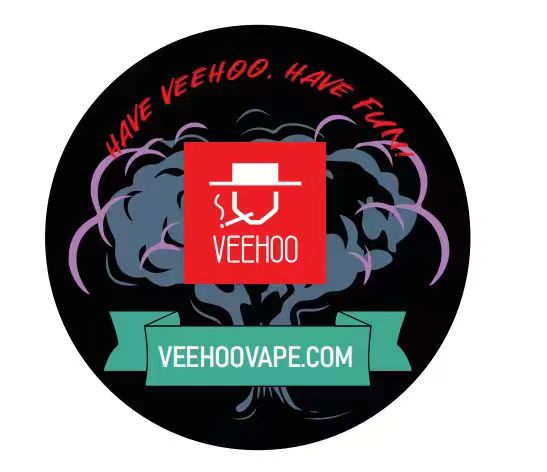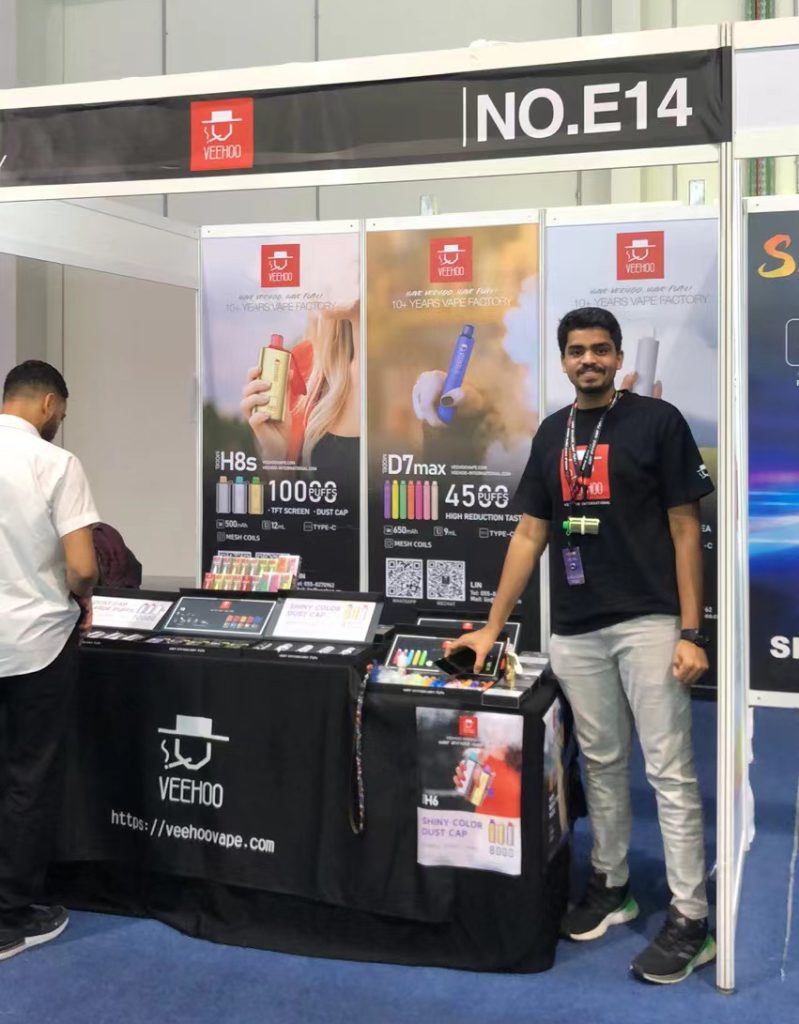Introduction:
In recent years, the electronic cigarette industry has risen rapidly, causing widespread concern and controversy. As an important measure to deal with the tobacco problem, the U.S. Food and Drug Administration (FDA) strives to control the sale and use of vapes through a series of laws and regulations. This article will review the history of FDA’s vape regulations, focusing on several key moments, including FDA’s acquisition of regulatory authority, the impact of the Sottera case on the vape industry, FDA’s identification of regulations, the entry into force of deeming rules, and related legal and legislative challenges.

1. Tobacco Control Act: FDA gains regulatory power
As the impact of tobacco on public health has become increasingly prominent, in 1997, the U.S. Congress passed the Tobacco Control Act, granting the FDA regulatory authority over tobacco products. This marks the FDA’s ability to formulate and implement relevant regulations to control the sale and use of tobacco products.
2.Sottera and FDA: NJOY saves the vape industry
In the early days of the vape industry, a company called Sottera fought a major legal battle with the FDA in 2010. Sottera, the manufacturer of NJOY vapes, advocates that vapes should not be considered medical products or drugs, but should be classified as tobacco products. Ultimately, the 9th U.S. Circuit Court of Appeals ruled in favor of Sottera, holding that the FDA had no authority to treat vapes as medical products, thus creating opportunities for the vape industry to develop.

3.2014: First understand the FDA’s recognition regulations
In order to better control vapes, the FDA put forward a proposal in 2014 to classify vapes as tobacco products and require manufacturers to submit product information. This marks the FDA’s formal involvement in the vape industry and lays the foundation for the development of stricter regulations.
4.August 8, 2016: Presumption rules come into effect
On August 8, 2016, FDA’s deeming rule officially came into effect. The rule requires vape manufacturers to obtain FDA approval before marketing and provide product information, including ingredients, manufacturing processes and sales data. In addition, the regulations prohibit the sale of vapes to young people under the age of 18 and require manufacturers to add warning labels to product packaging.

5. Legal and legislative challenges to deeming rules
The implementation of the deeming rule has not been without controversy. Some vape manufacturers and pro-smoking groups have challenged the regulations and filed lawsuits. In addition, some legislative bodies have also attempted to restrict the sale and use of vapes through legal means. These challenges include disputes over the constitutionality of the presumption rule and actions by state-level legislative bodies.
In conclusion:
The development of FDA’s vape regulations has experienced multiple key moments, from obtaining regulatory authority to the implementation of the deeming rule. Although these regulations and regulations face legal and legislative challenges, they signal government regulation and control of the vape industry. As the vape industry continues to develop and scientific research progresses, the FDA may further improve and adjust its regulations to ensure public health and safety. In the future development of the vape industry, balancing public interests and commercial innovation will be an ongoing challenge.
Tags: A brief history of FDA vape regulations,What is the FDA vape warning,fda regulations on vapes,veehoo vape
